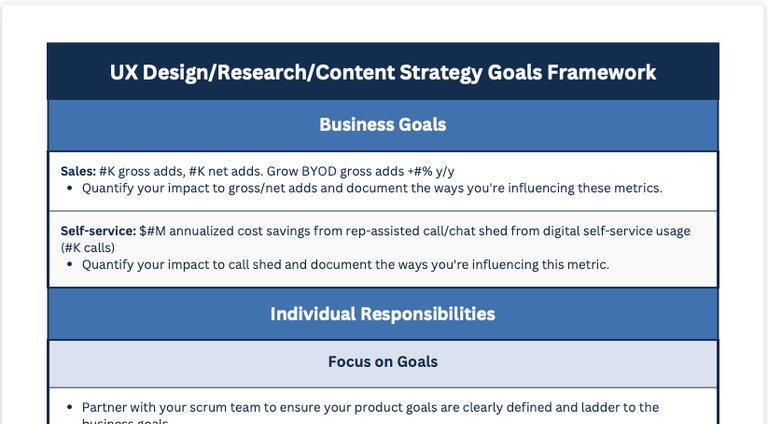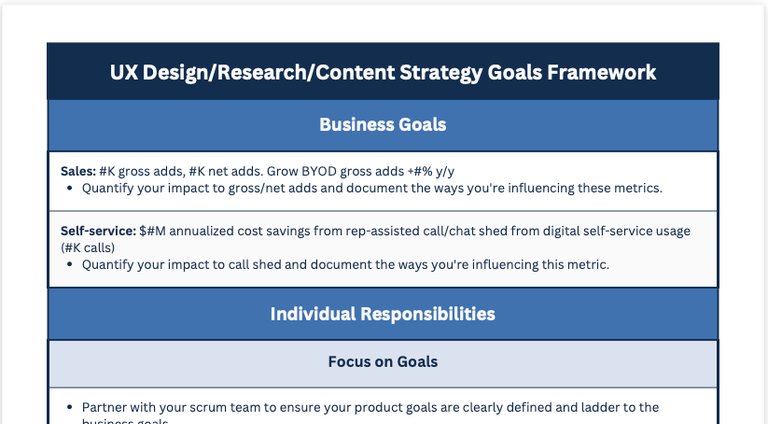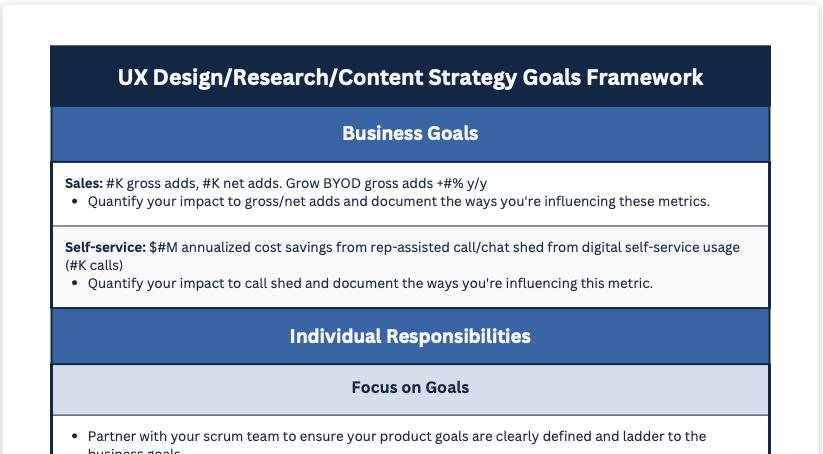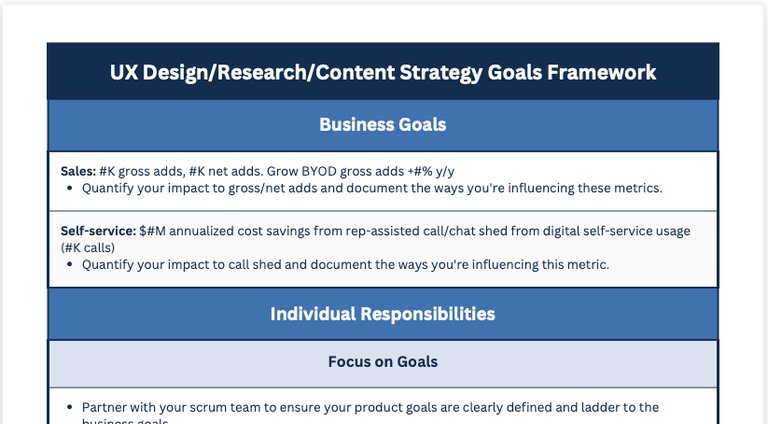Building Effective Product Teams: Lessons from 10+ Years in Tech Leadership
Building a high-performing product team is one of the most challenging yet rewarding aspects of tech leadership. Over the past decade, I've had the privilege of building and leading product teams at companies ranging from early-stage startups to established enterprises.
Introduction
Product teams are the engine of innovation in tech companies. They transform ideas into tangible solutions that users love and businesses can scale. But building an effective product team isn't just about hiring smart people – it requires intentional strategy, clear processes, and strong leadership.
In this post, I'll share the key lessons I've learned about building product teams that consistently deliver results.
The Foundation: Team Structure and Roles
Core Team Composition
Every effective product team needs these essential roles:
- Product Manager: Sets vision and strategy
- Engineering Lead: Drives technical execution
- UX Designer: Ensures user-centered design
- Data Analyst: Provides insights and measurement
Scaling Considerations
As teams grow, consider these additional roles:
- User researcher for deeper customer insights
- Technical writer for documentation
- DevOps engineer for deployment efficiency
Key Strategies for Success
1. Hire for Collaboration, Not Just Skills
What I've Learned: Technical skills can be taught, but collaboration mindset is harder to develop.
In Practice:
- Include team collaboration scenarios in interviews
- Ask candidates about times they've had to work through disagreements
- Look for evidence of curiosity and learning mindset
2. Establish Clear Communication Rhythms
Daily Standups: Keep them focused on blockers and coordination Weekly Planning: Align on priorities and upcoming work Monthly Retrospectives: Continuously improve team processes
3. Create Psychological Safety
Teams perform best when members feel safe to:
- Share ideas without judgment
- Admit mistakes and learn from them
- Challenge decisions respectfully
- Take calculated risks
Common Pitfalls and How to Avoid Them
Pitfall 1: Unclear Decision-Making Authority
Solution: Use a RACI matrix to clarify who is Responsible, Accountable, Consulted, and Informed for different types of decisions.
Pitfall 2: Lack of Shared Context
Solution: Regular knowledge sharing sessions and documentation practices ensure everyone understands the bigger picture.
Pitfall 3: Burnout from Unrealistic Expectations
Solution: Set sustainable pace and celebrate small wins along the way to major milestones.
Building for the Long Term
Continuous Learning Culture
Invest in your team's growth:
- Conference attendance and training budgets
- Internal knowledge sharing sessions
- Cross-functional project opportunities
- Mentorship programs
Measuring Team Health
Track both quantitative and qualitative metrics:
- Delivery metrics: Sprint completion rates, cycle time
- Quality metrics: Bug rates, customer satisfaction
- Team health: Engagement surveys, retention rates
Key Takeaways
- Hire for fit, train for skills – Cultural alignment is crucial for long-term success
- Communication is everything – Establish clear rhythms and channels
- Psychological safety drives performance – Create an environment where people can do their best work
- Iterate on team processes – What works for a team of 5 won't work for a team of 15
- Invest in growth – Continuous learning keeps teams engaged and effective
Conclusion
Building effective product teams is an ongoing journey, not a destination. The strategies that work will evolve as your team and company grow. The key is to stay focused on the fundamentals: clear communication, psychological safety, and continuous improvement.
What's your experience building product teams? What strategies have worked best in your organization? I'd love to hear your thoughts and experiences.
Want to discuss team building strategies? Connect with me on LinkedIn or reach out via email.
Want more insights like this?
Subscribe to get weekly articles on product strategy and UX design.
No spam, unsubscribe at any time. We respect your privacy.




